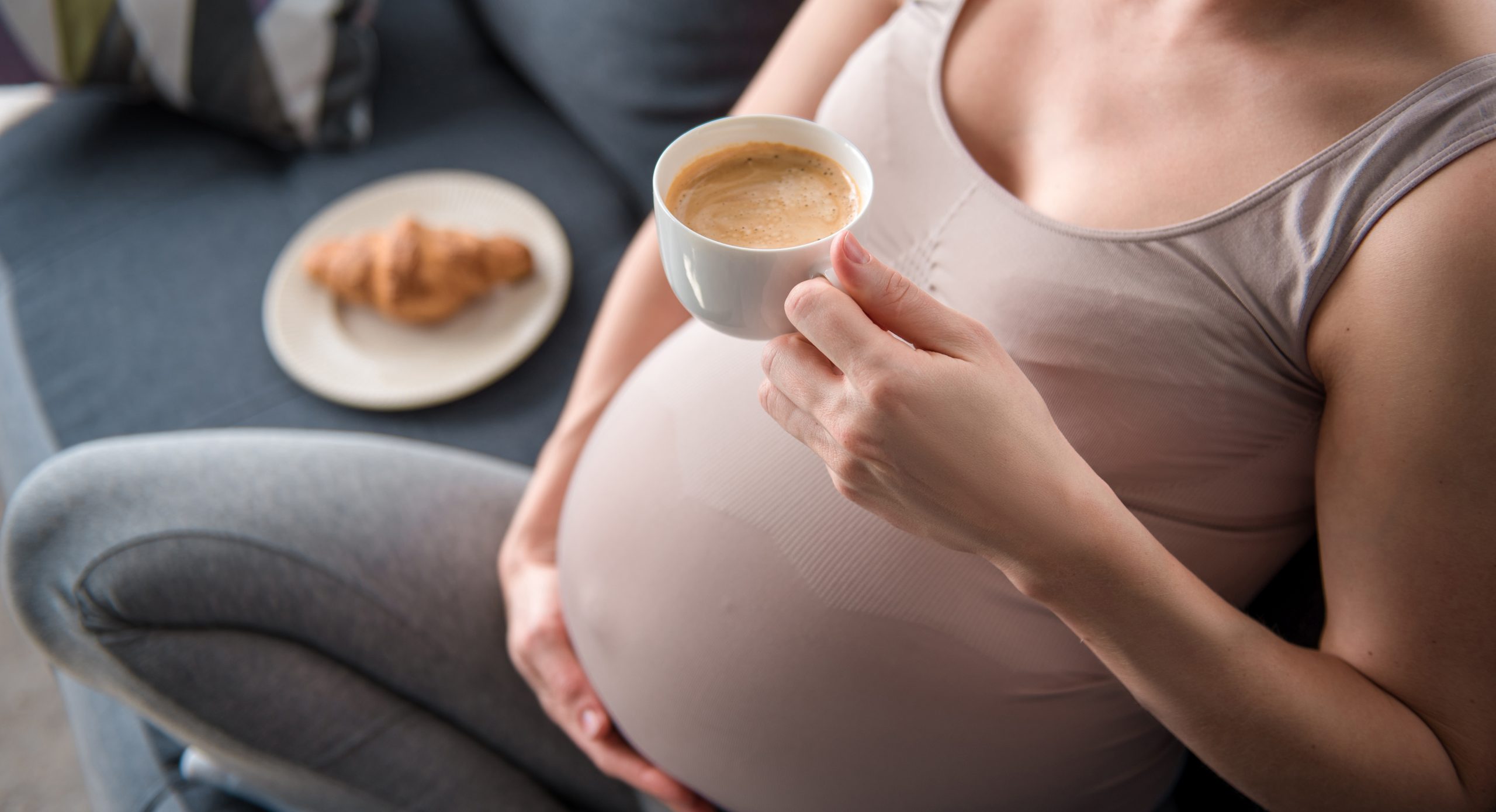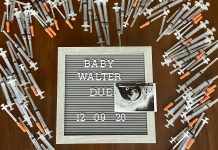Prospective parents may need a sperm donor for many reasons: same sex couples, male infertility, or single women looking to have a baby. My wife and I began the search for our own donor as we began our journey to grow our family nearly a year ago. On the surface, we thought it would be a pretty straightforward process.
In reality, we were quickly overwhelmed by the many options available. There are quite a few large sperm banks across the country, all with varying information and services available. Perusing the site of even one of these banks means you will find pages and pages of potential donors. How in the world do you narrow it down to one?
It took us quite a while, but we eventually decided on a good fit for us. And we learned a LOT along the way. We also found out that, even though countless families go through this process each year, the resources regarding choosing a donor were pretty limited. Read on for five things I wish we had considered before starting this process.

1. It’s harder than you might think.
Listen. There are SO many more details involved in choosing a donor than we ever anticipated. While it was definitely fun and exciting, there were a lot of hurdles we had no idea about. Be kind to yourself as you move through this and remember that it’s an important milestone and all part of the process.
2. Decide how much information you want about your donor before you start looking.
With each sperm bank, you can access a wide variety of information about each donor. The bigger banks give you opportunity to access an immense amount of information. That information often comes with additional cost, however. We decided early on that one of the most important things for us was having a genetic testing report and family health history. This helped us narrow down which bank we ultimately ended up using.
3. Make a list of requirements and “nice to haves.”
So much goes into deciding on the right donor for you. Every family will, of course, have different things that they are looking for in a donor. Be sure to consider ahead of time what things you absolutely want in a donor, and a list of things that you would like to find.
The perfect donor is out there, but you may have to adjust your expectations along the way. We found that having a list like this helped us quite a bit, especially once we started looking at pages of donors. It’s easy to get sucked into all those cute baby pictures!
4. It’s probably going to cost more than you think.
Whew, did we underestimate this. We knew going into it that each vial of donor sperm costs about $600-$1200. What we didn’t know was that there are additional fees associated with purchasing samples. Some sperm banks have membership fees of around $120 per month that is necessary to see information about the donors. With others, you can pay smaller fees to view information on each individual profile, but these add up quickly.
Shipping each vial is also quite costly. This depends on which bank you are choosing, but it typically runs between $150 and $300 for each shipment. It is difficult to predict how many vials you will need or how many times you will need to ship them. It’s kind of a guessing game of how many tries it will take to get pregnant—but doctors typically recommend buying between three and six vials up front.
All things considered, the cost for sperm alone can be anywhere from $2,500 to over $7,000, depending on how many tries it takes to get pregnant. Insurance does not cover this cost. This estimate also does not take into account any storage fees (about $500 per year) and the additional upfront costs involved if you are wanting to use the same donor for future pregnancies. All that’s to say—this stuff adds up fast.
5. You might have to find a backup.
This is one of the first things our fertility doctor mentioned to us during our initial consultation. Sometimes, a donor just doesn’t work with your body and if you have a few failed attempts with your chosen donor, the doctor may recommend switching to a different one.
Something else we encountered several times was that donors sell out—FAST! I can’t count how many donors we had decided we really liked, but we waited too long to pull the trigger and they had already sold out. Sometimes donors will have more vials available in the future, but it’s difficult to predict. We ended up needing to find a secondary donor because ours ran out of vials right before our third try. For months we thought our donor was safe—he had over 25 vials available for a long time. But suddenly he was totally out, so we had to go back to square one. Luckily we found someone we like even better!
This is not a comprehensive list by any means. There are so many more things I could mention here about choosing a donor. The short version is that this process can be fun, but it can also be quite overwhelming. Hang in there, future parent. You’re one step closer to growing your family.










